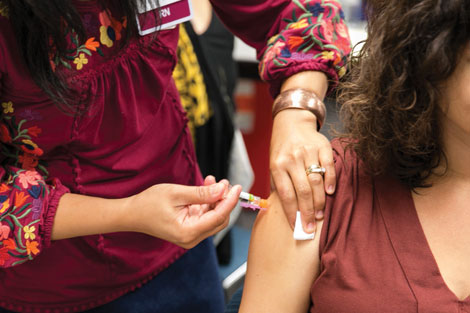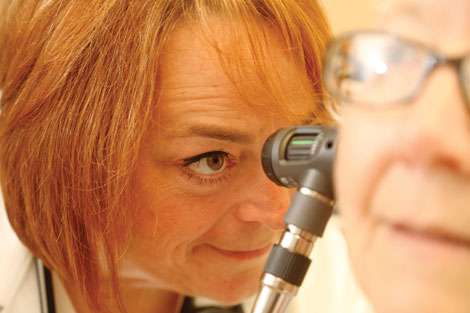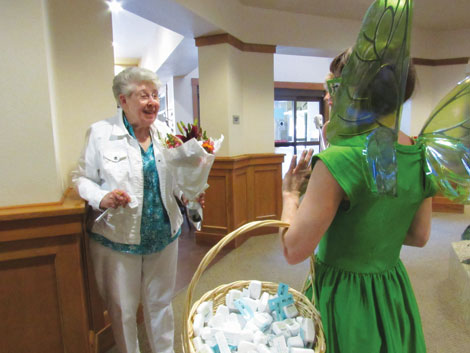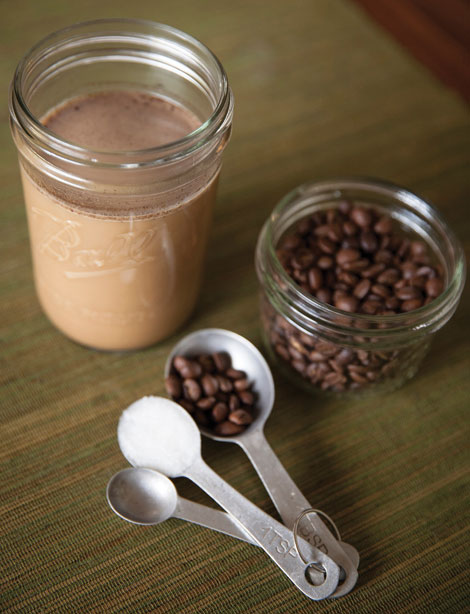Flu shot is for you and everyone around you
You may be a healthy adult who hasn’t had the flu since you were a child — or maybe you’ve never had the flu.
Even if you get the flu, you figure you’ll recover and be fine.
But if you haven’t had a flu shot and you’re exposed to the flu virus, you won’t know for a day or two that you’re sick — and during those two days, you’re infectious.
“You could be exposing other people who have risk factors and who could die from the flu,†says Sue Gustafson, director of infection prevention at MultiCare Health System.
Those most at risk include people with medical conditions such as asthma and chronic lung disease, those with a weakened immune system, pregnant women, children and the elderly.
On average, influenza leads to more than 200,000 hospitalizations and 36,000 deaths each year, according to the U.S. Department of Health & Human Services.
Last year in Washington, 157 people died of laboratory-confirmed influenza, including one child, Gustafson says.
“Protect others,†she says. “That’s why we get the flu vaccine.â€
Why get the flu shot now?
Although flu activity is low in the United States right now, it’s best to get your flu shot early to give it time to be effective, Gustafson says.
The flu vaccine contains inactivated flu virus, which cannot give you infection. This prompts an immune response — that is, your body recognizes something foreign and reacts by producing antibodies to get rid of it. If you’re later exposed to the live virus, your body will be able to recognize it and quickly launch an immune attack to kill the virus.
This immune response takes a period of time to fully develop, which is why it’s important to get the flu shot early, Gustafson says.
It only takes a few minutes to get a flu shot, she says. And the side effects are usually no worse than a sore arm or feeling tired for a couple of days afterward.
Those are normal reactions, and a small price for the protection you’re giving yourself — and others around you, Gustafson says.
Who should get the flu shot, and where?
The Centers for Disease Control and Prevention (CDC) recommends a yearly flu vaccine for everyone six months old and older.
You can get your flu shot by making an appointment with your primary care or pediatric provider, visiting a pharmacy that offers the vaccine or visiting one of MultiCare’s walk-in clinics.
Pharmacies that offer the flu shot typically accept most forms of insurance, but be sure to let your primary care doctor know you received your flu shot so it can be added to your record.
MultiCare Health System offers convenient walk-in options:
• MultiCare Express Clinic in Lakewood, 5700 100th St. SW. (inside Rite-Aid store). Monday-Friday 9 a.m.–8 p.m., Saturday-Sunday 10 a.m.–6 p.m. Convenient medical care for a wide range of minor conditions, plus vaccinations, sports physicals and more for adults and kids 2 years and older (vaccines are for patients 19 years and older). No appointment needed.
• MultiCare Immunization Clinic at South Hill Mall, 3500 S. Meridian. Free and low-cost immunizations for children and adults. No appointments are necessary. The kiosk is open five days a week. Children: Tuesday, Wednesday and Thursday, 10:30 a.m.–5 p.m., and every second Saturday, 11:30 a.m.–5 p.m. Adults: Tuesday-Friday, 10:30 a.m.–5 p.m., and every other Saturday, 11:30 a.m.–5 p.m.
Source: MultiCare Health System



